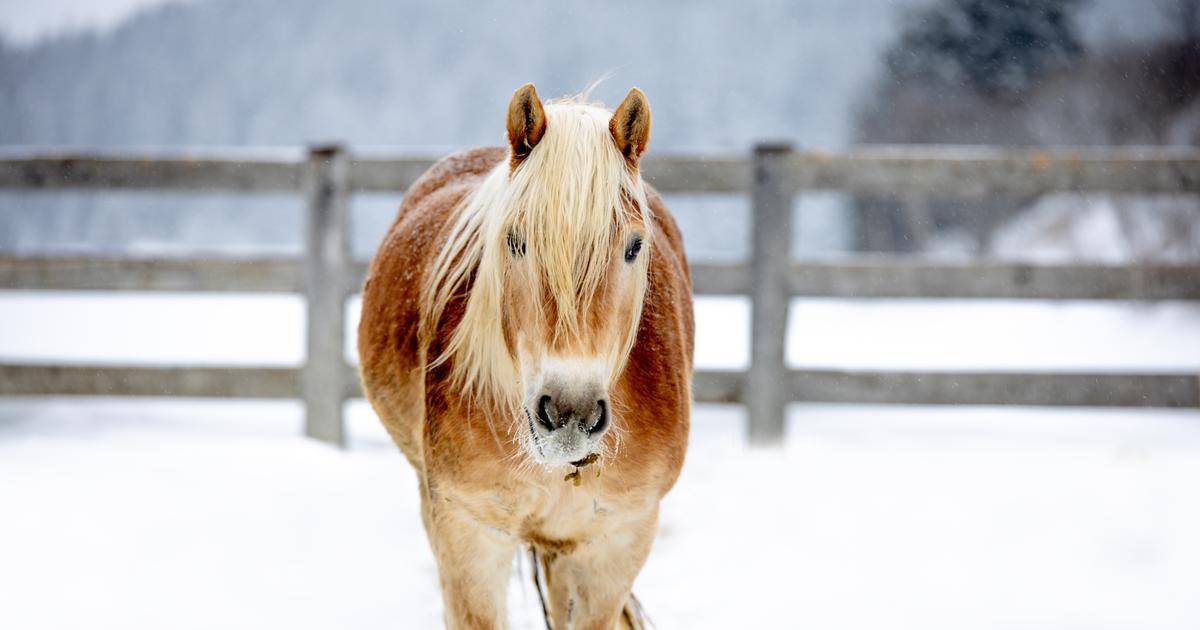Certain conditions must be respected so that your horse can get through the winter without difficulty.
To discover
February: what vegetables and fruits are in season?
Do horses fear the cold?
Horses have better resistance to cold than humans.
But they need gradual adaptation to low temperatures.
Depending on how the animal is sheared, its resistance to cold will be better.
Indeed, with the arrival of low temperatures, it is better to avoid mowing it.
In general, it is accepted that a horse does not feel cold up to a temperature of 5 degrees Celsius.
Below this threshold, it will start to compensate to warm up.
From minus 15 degrees Celsius, the temperature is considered to be a danger for the animal.
This rule applies to adult horses.
For foals, this threshold is reduced to 0 degrees Celsius while for a newly born foal, the temperature below which it has difficulty is 22 degrees Celsius.
How do you know if a horse is cold?
It is quite easy to tell if a horse is cold, because they put in place protective mechanisms in order to keep warm.
As with humans, horses will have reactions when they are cold.
There are three main reactions:
Chills :
Shivering is a muscular reaction that allows the body to warm up.
They appear as rapid tremors.
The horse may shiver for a fairly long period of time in order to stay warm.
Hair standing up:
In humans, we talk about goosebumps.
For horses, piloerection allows more distance between the cold and the skin since the coat becomes a thicker barrier and therefore difficult to pass through.
Vasoconstriction:
To protect itself from the cold, a horse will cause blood to flow back to the central organs.
The extremities become colder and are not damaged by the drop in temperature.
This process should not take too long.
Taking good care of your horse in winter: instructions for use
To take good care of your horse in winter, there are a few rules to follow.
First of all, it is important to take care of the exterior installations.
The horse must have access to shelter to protect itself from wind, rain and possibly snow.
Water and food points should be arranged in a triangle in relation to the shelter to force the animal to warm up while walking.
The diet should also be richer than in summer so that the horse has the necessary energy to cope with low temperatures.
For equines that stay outside, you must make sure to give them hay.
Outings must be thought of in winter fashion.
You have to warm up and go gradually.
Routes must be chosen to avoid icy conditions, as this is dangerous for you and your pet.
Last tip and not the least, it dresses the animal and allows it to effectively protect itself from the cold.

